
As such, cacao bean production was carefully controlled by the Maya leaders of northern Yucatan, with cacao trees only grown in sacred groves. But no modern researcher has ever been able to pinpoint where these ancient sacred groves were located — until now.
Researchers at Brigham Young University, including professor emeritus Richard Terry and graduate students Bryce Brown and Christopher Balzotti, worked closely with archaeologists from the U.S. and Mexico to identify locations the Maya used to provide the perfect blend of humidity, calm and shade required by cacao trees. While the drier climate of the Yucatan peninsula is inhospitable to cacao growth, the team realized the vast array of sinkholes common to the peninsula have microclimates with just the right conditions.
As detailed in a study newly published in the Journal of Archaeological Science Reports, the team conducted soil analyses on 11 of those sinkholes and found that the soil of nine of them contained evidence of theobromine and caffeine — combined biomarkers unique to cacao. Archaeologists also found evidence of ancient ceremonial rituals — such as staircase ramps for processions, stone carvings, altars and offerings like jade and ceramics (including tiny ceramic cacao pods) — in several sinkholes.
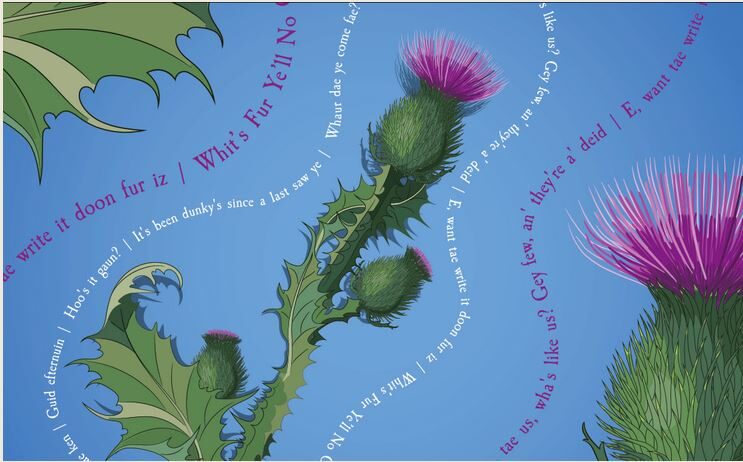
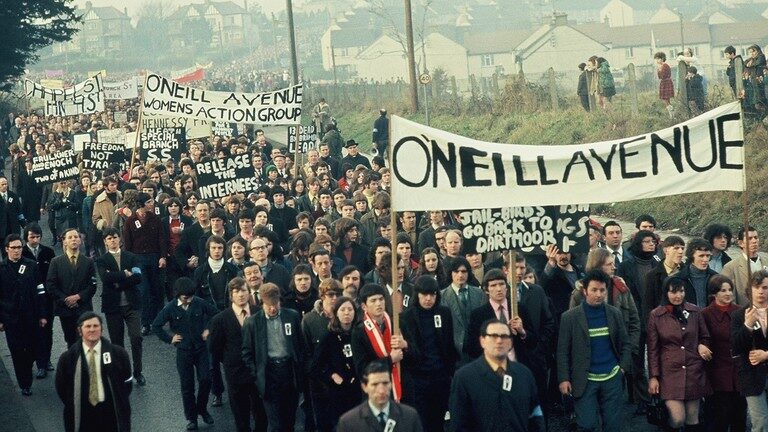
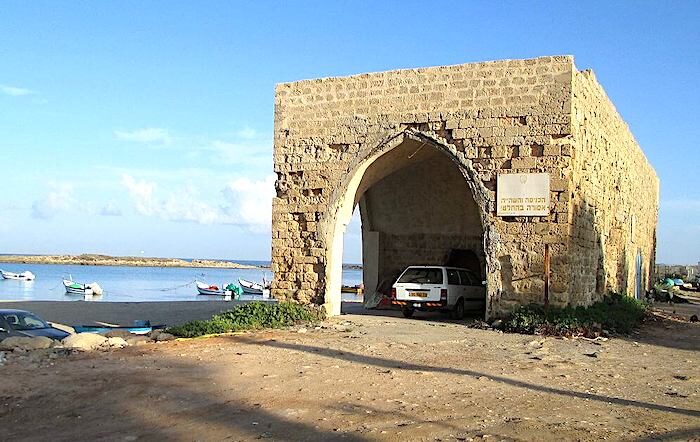

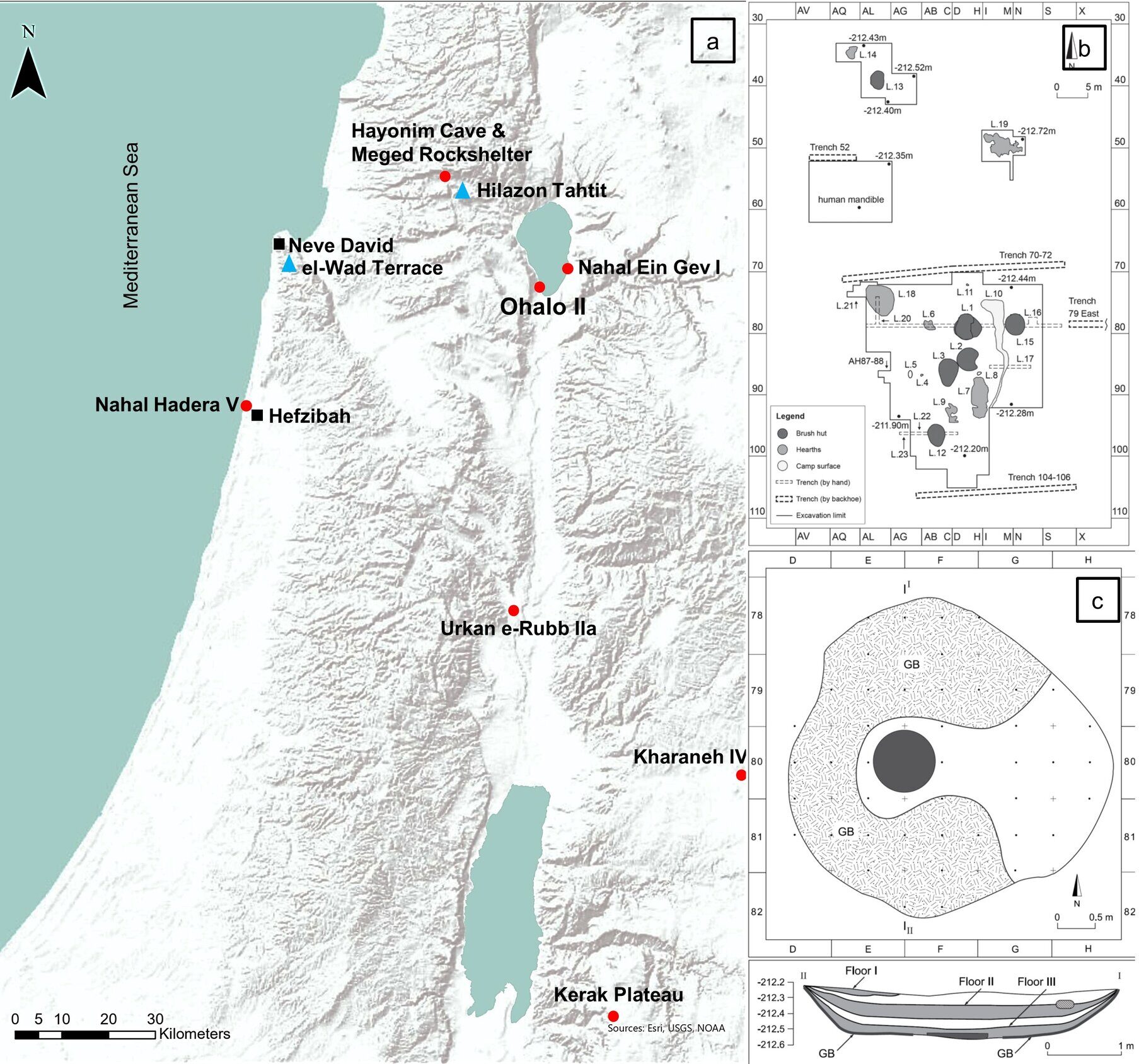


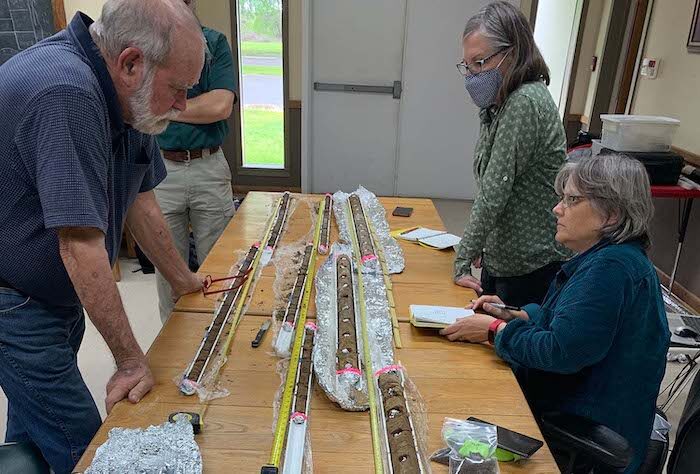
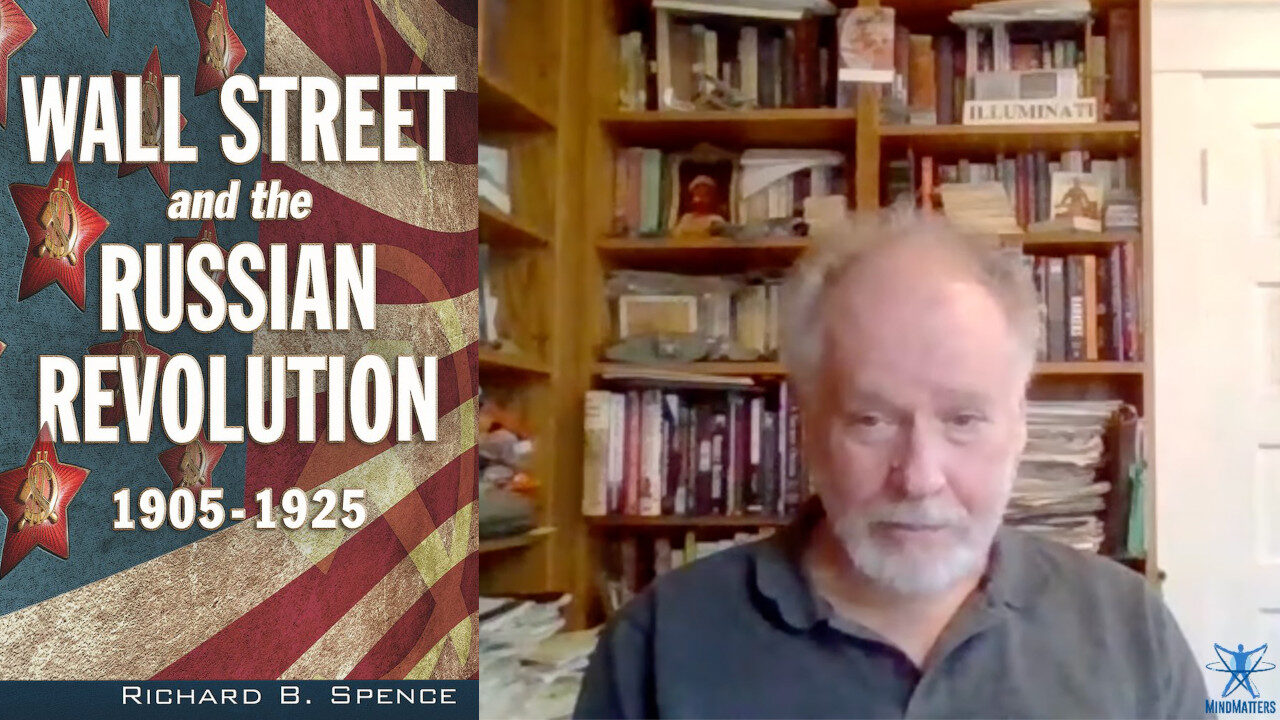



Comment: It brings to mind a reference Graham Hancock makes in his book America Before that in the Amazon rainforest food crops like the Brazil nut and the ice cream bean tree are in such abundance when compared to other species of plant that researchers believe that they must have been intentionally cultivated:
- America Before by Graham Hancock - Book review
- "One of the most valuable medicines we possess": The Victorian doctor who promoted medical cannabis
- Fungi manipulate bacteria to enrich soil with nutrients
Also check out the MindMatters podcast on the book mentioned above: MindMatters: America Before: Comets, Catastrophes, Mounds and Mythology